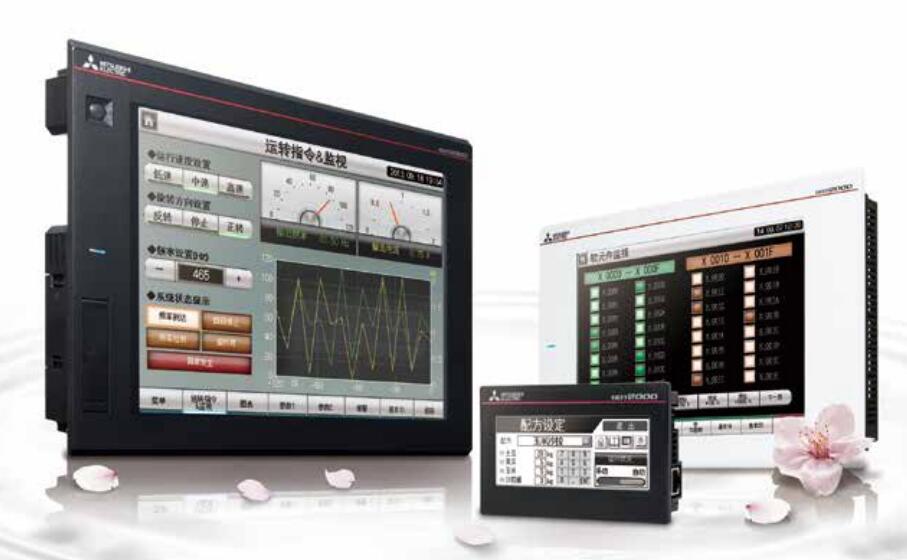Brand Sort:
MITSUBISHI
GT16-60VLTN Market price | GT16-60VLTN Introduction
- Brand: MITSUBISHI
- Country: JAPAN
- Name: Backlight
- Model: GT16-60VLTN
- Price: 0 >
MITSUBISHI GT16-60VLTN
MITSUBISHI motor universal AC servo amplifier MELSERVO-J3 series.
Rated output: 11.0kw.
Interface type: general pulse interface type.
Power specification: three phase AC400V.
Pulse train and analog input as universal interface.
Can choose the position, speed and torque control mode.
The use of advanced tuning features such as advanced vibration suppression control and adaptive filter,
Greatly improve the performance of the machine GT16-60VLTN
MR-J3, your partner.
Higher performance, more features, more convenient to use.
Highest performance in the industry.
Speed response frequency up to 2.1kHz. MITSUBISHI motor universal AC servo amplifier MELSERVO-J3 series.
Rated output: 0.6kw.
Interface type: CC-Link communication type (built-in positioning function).
Power specification: single phase AC200V.
Positioning operation by setting position and rotational speed data in the positioning table and receiving the start signal from the main controller.
The setting of the position and speed of the positioning table, as well as the start and stop operation can be completed through CC-Link communication.
By using the MR-J3-D01 extension IO unit, the DI/O instruction can be used to select and locate the table.
(CC-Link can not be used for MR-J3-D01 communications).
With built-in positioning function of the servo amplifier, can be set through the CC-Link communications and speed data. (corresponding to the CC-Link version: Ver.1.10)
Can be achieved through the CC-Link communications to start, stop and monitoring and other operations.
Serial communication reduce wiring.
Distributed servo control system can be built by CC-Link communication.
The parameters of unit MR-PRU03 (optional) the parameter setting, operation and monitoring more convenient.
The servo amplifier can be used for speed control operation.
When the two stations are occupied, the speed can be set directly by the remote register. Output type: transistor drain.
Output points: 16 points.
Load voltage: DC12/24.
Load current: 0.5A.
Connection mode: terminal row.
Common public end points: 8.
Structured text language is a programming language that describes a program with a structured description of the text.
It is a programming language similar to a high level language. In large and medium
Structured text is often used to describe the relationship between the various variables in the control system based on the PLC system.
Mainly used for other programming languages more difficult to achieve the user program.
The structured text programming language uses the computer description method to describe the various kinds of relations between the various variables in the system,
Complete the required function or operation.
Most PLC manufacturers use structured text programming language similar to BASIC language, PASCAL language or C language and other advanced languages,
But in order to be convenient, the expression methods of the statement and the types of statements are simplified.
Structured text programming language features: the use of high-level language programming, you can complete the complex control operations,
Need to have a certain level of computer knowledge and programming skills,
Higher requirements for engineering designers. Poor visibility and operability.
GT16-60VLTN Operation manual/Instructions/Model selection sample download link: /searchDownload.html?Search=GT16-60VLTN&select=5
Rated output: 11.0kw.
Interface type: general pulse interface type.
Power specification: three phase AC400V.
Pulse train and analog input as universal interface.
Can choose the position, speed and torque control mode.
The use of advanced tuning features such as advanced vibration suppression control and adaptive filter,
Greatly improve the performance of the machine GT16-60VLTN
MR-J3, your partner.
Higher performance, more features, more convenient to use.
Highest performance in the industry.
Speed response frequency up to 2.1kHz. MITSUBISHI motor universal AC servo amplifier MELSERVO-J3 series.
Rated output: 0.6kw.
Interface type: CC-Link communication type (built-in positioning function).
Power specification: single phase AC200V.
Positioning operation by setting position and rotational speed data in the positioning table and receiving the start signal from the main controller.
The setting of the position and speed of the positioning table, as well as the start and stop operation can be completed through CC-Link communication.
By using the MR-J3-D01 extension IO unit, the DI/O instruction can be used to select and locate the table.
(CC-Link can not be used for MR-J3-D01 communications).
With built-in positioning function of the servo amplifier, can be set through the CC-Link communications and speed data. (corresponding to the CC-Link version: Ver.1.10)
Can be achieved through the CC-Link communications to start, stop and monitoring and other operations.
Serial communication reduce wiring.
Distributed servo control system can be built by CC-Link communication.
The parameters of unit MR-PRU03 (optional) the parameter setting, operation and monitoring more convenient.
The servo amplifier can be used for speed control operation.
When the two stations are occupied, the speed can be set directly by the remote register. Output type: transistor drain.
Output points: 16 points.
Load voltage: DC12/24.
Load current: 0.5A.
Connection mode: terminal row.
Common public end points: 8.
Structured text language is a programming language that describes a program with a structured description of the text.
It is a programming language similar to a high level language. In large and medium
Structured text is often used to describe the relationship between the various variables in the control system based on the PLC system.
Mainly used for other programming languages more difficult to achieve the user program.
The structured text programming language uses the computer description method to describe the various kinds of relations between the various variables in the system,
Complete the required function or operation.
Most PLC manufacturers use structured text programming language similar to BASIC language, PASCAL language or C language and other advanced languages,
But in order to be convenient, the expression methods of the statement and the types of statements are simplified.
Structured text programming language features: the use of high-level language programming, you can complete the complex control operations,
Need to have a certain level of computer knowledge and programming skills,
Higher requirements for engineering designers. Poor visibility and operability.
GT16-60VLTN Operation manual/Instructions/Model selection sample download link: /searchDownload.html?Search=GT16-60VLTN&select=5
...more relevant model market price >>>>
Related products
MITSUBISHI
Backlight
GT16-70VLTN
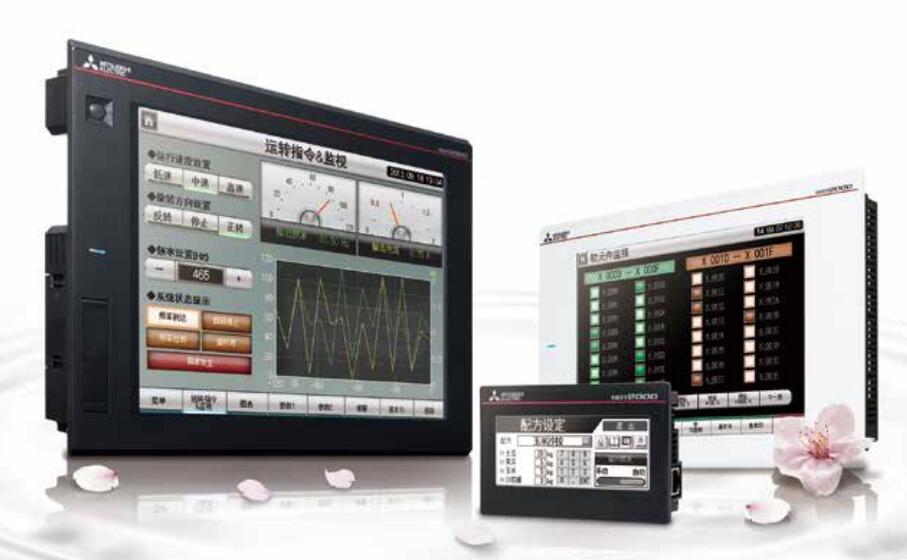
For GT1675-VNB / /GT1672-VNB.
Applicale
MITSUBISHI
Backlight
GT15-70VLTN
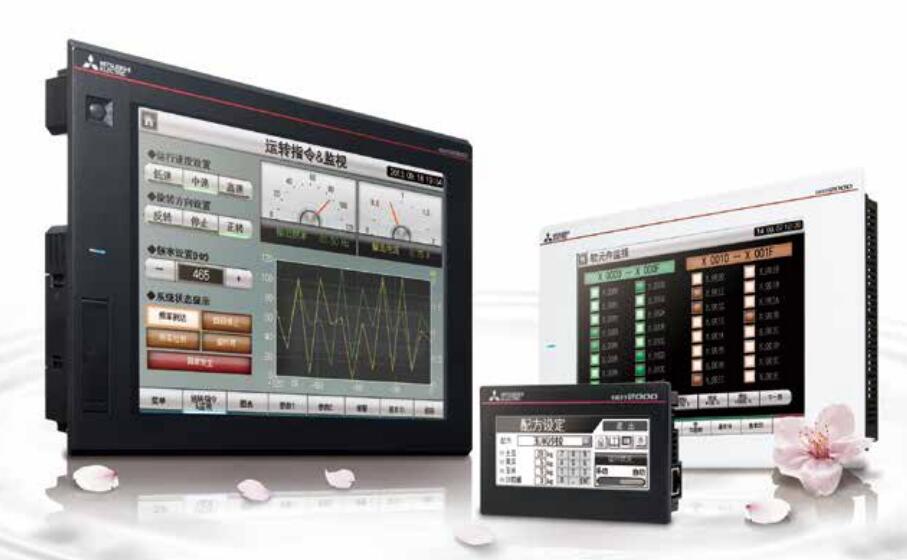
For GT1575-VNB / /GT1572-VNB.
Applicale
MITSUBISHI
Resist film
GT16-70PSCB
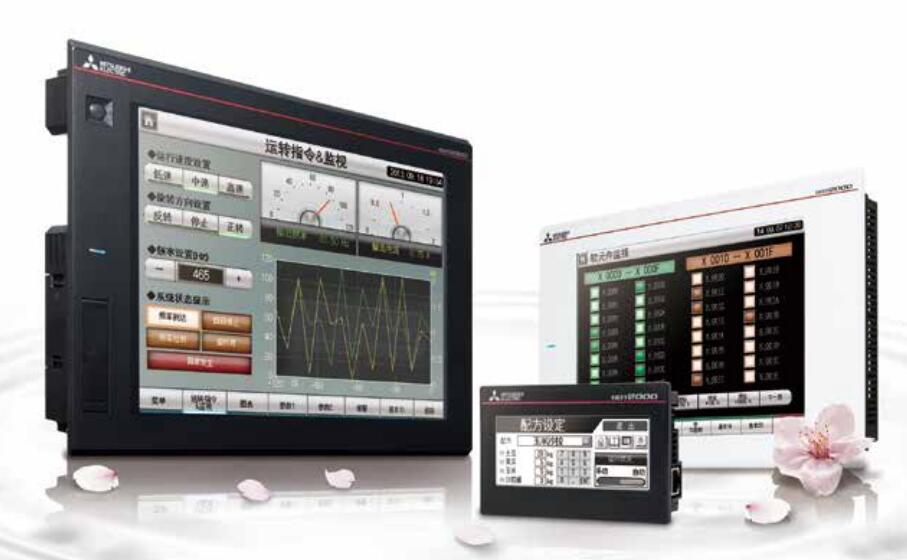
Protective film for 10.4 inch screen.
Tr
MITSUBISHI
Resist film
GT16-90PSGW
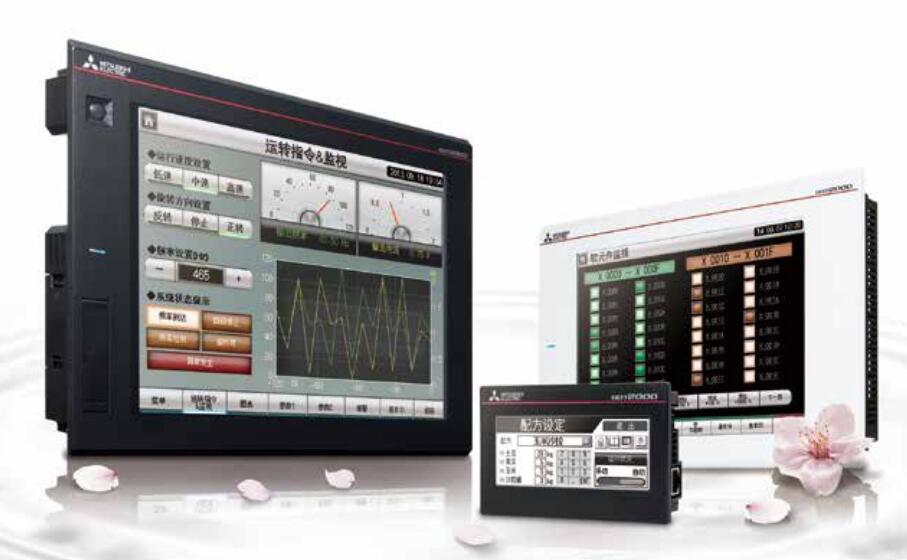
Protective film for 15 inch screen.
Scru

